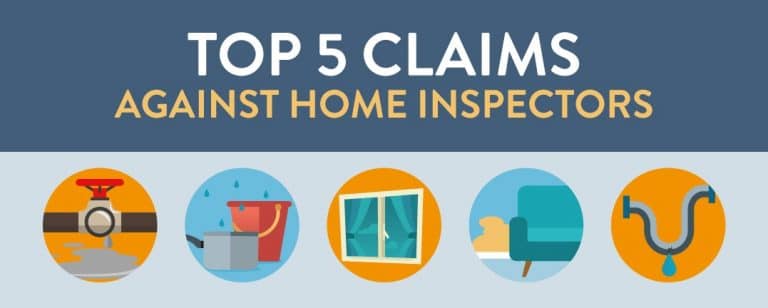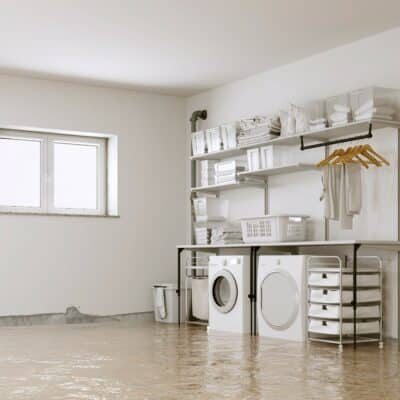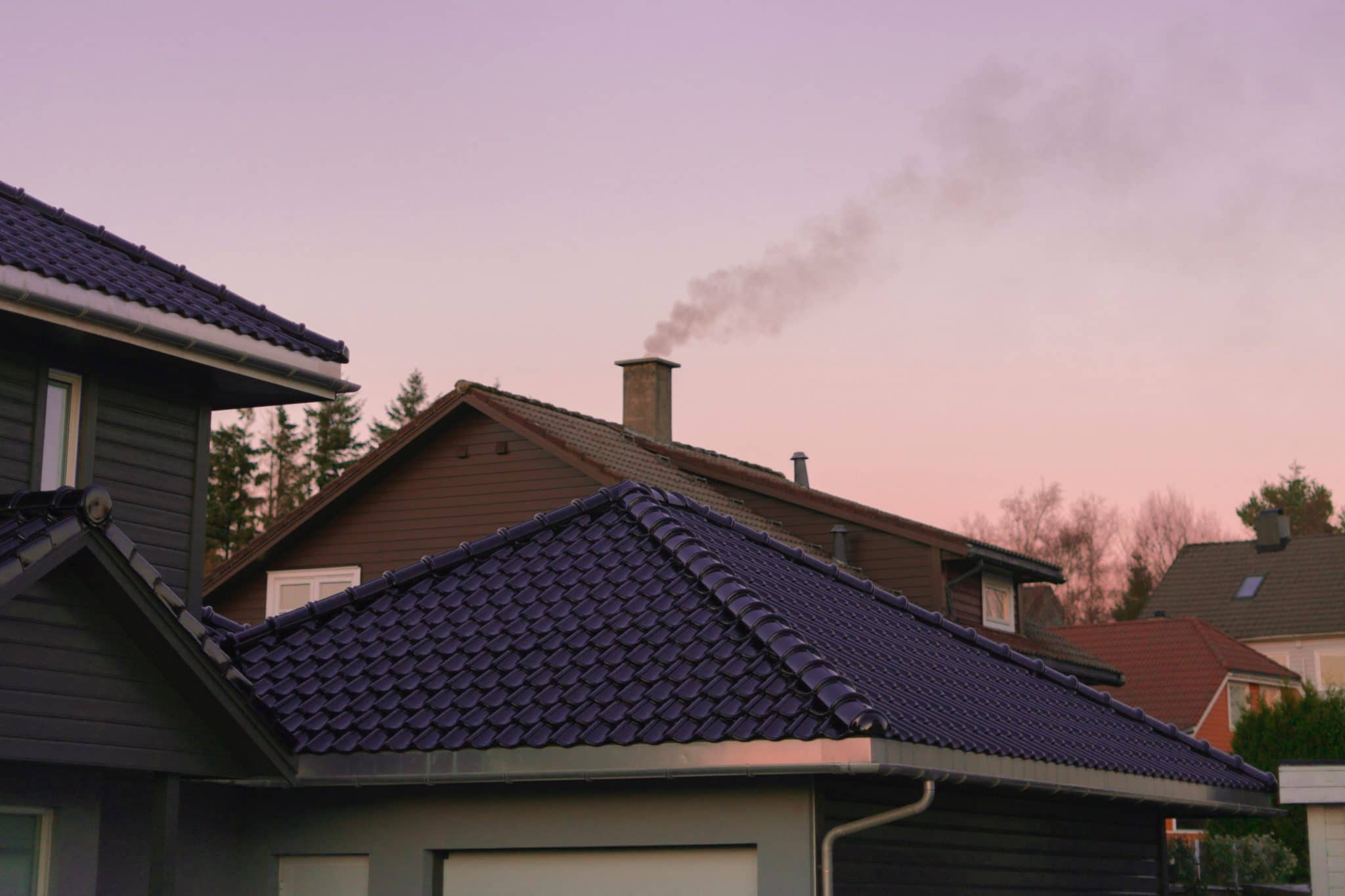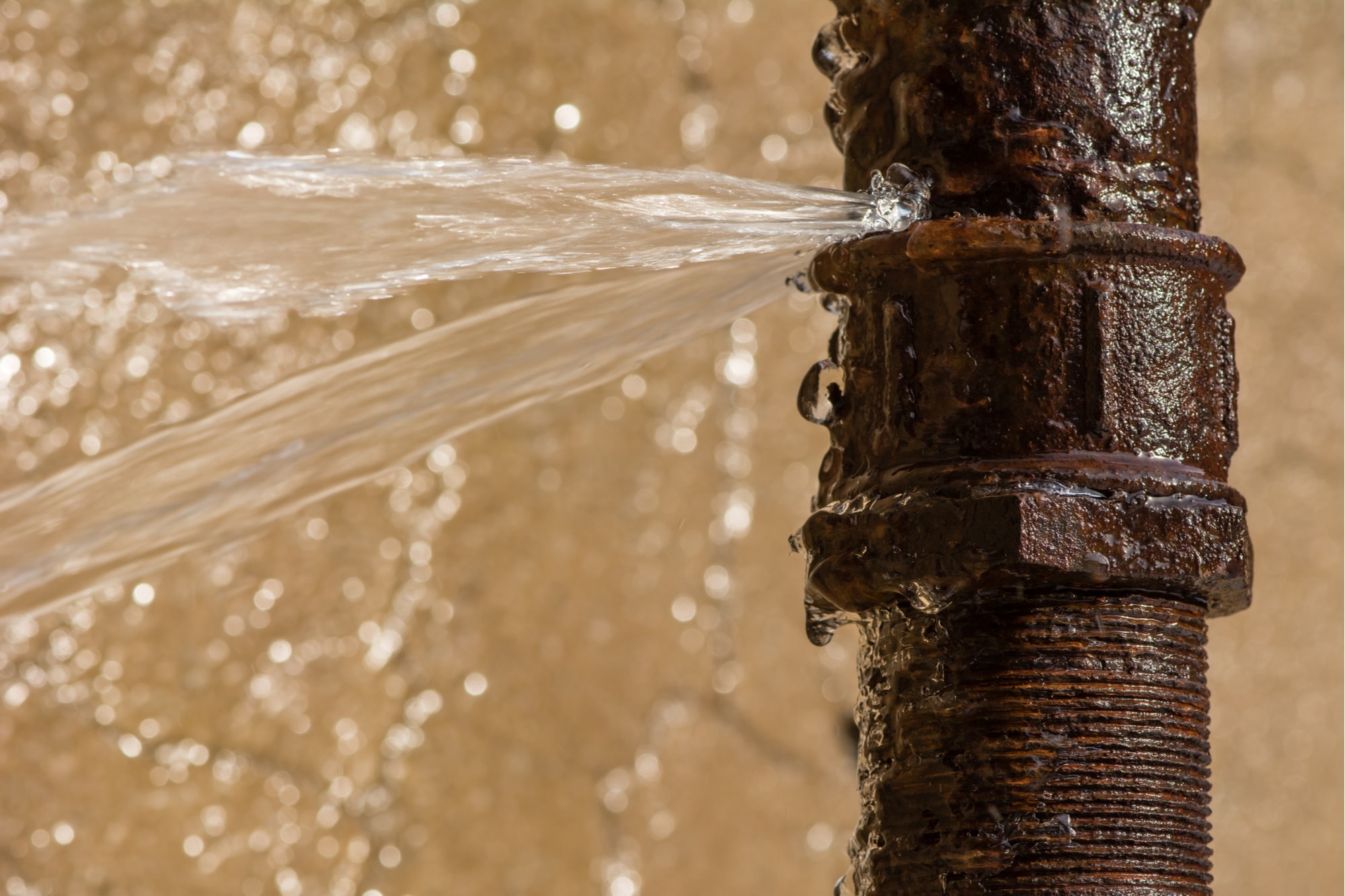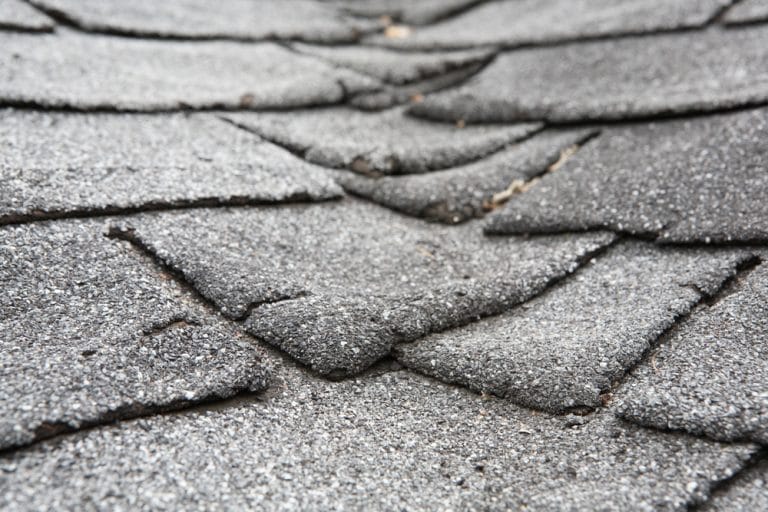How to Avoid the Two Most Common Claims Against Home Inspectors
Last Updated September 21, 2023
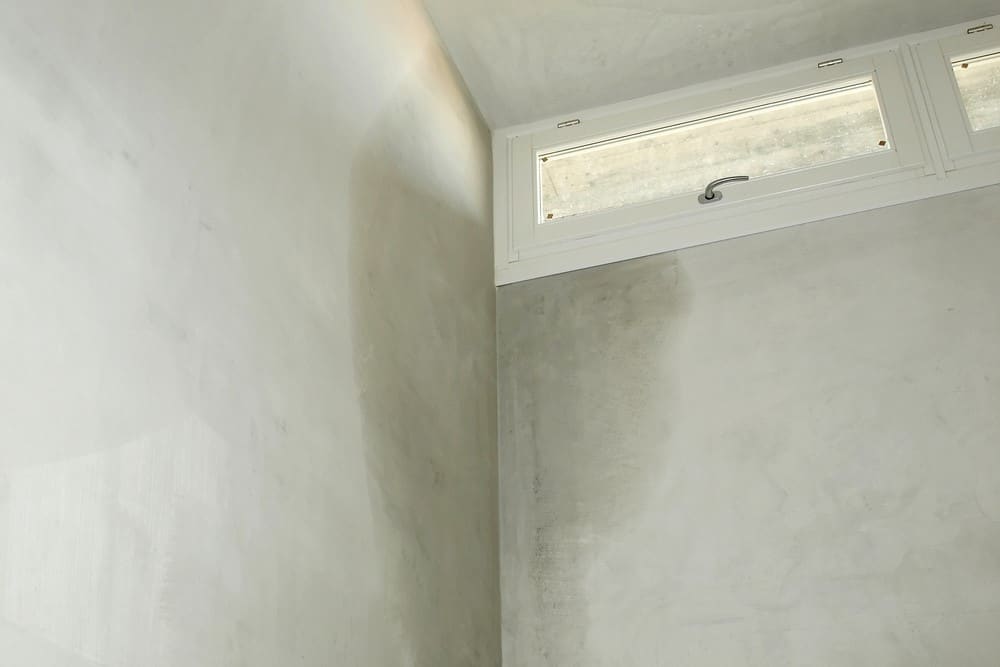
From roof leaks causing water spots to catastrophic floods undermining structural integrity, water intrusion and damage contributes to the two most common claims against home inspectors. Accounting for nearly half of claims against home inspectors in the past three years, water damage poses a serious risk to inspection businesses.
In this article, we provide insights as to why water and roof damage claims are common and what claimants typically allege. That way, you’re prepared to prevent such claims against your home inspection business.
Water Damage
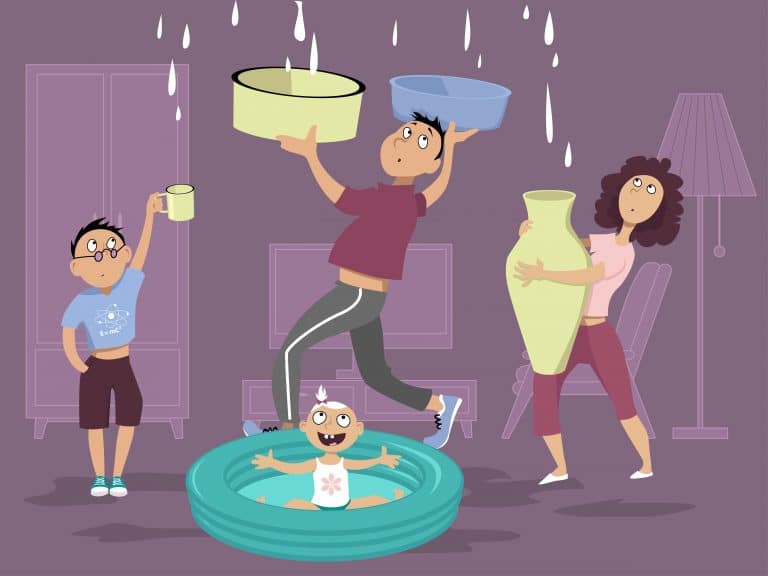 Water damage is any destruction caused by water intrusion, meaning water coming in where it shouldn’t. Sound vague? It is. Water damage’s broad definition is partly why its claims are so common. It’s also why water damage claims take both first and second place in the Top 5 Most Common Claims Against Home Inspectors. (See the full list here.)
Water damage is any destruction caused by water intrusion, meaning water coming in where it shouldn’t. Sound vague? It is. Water damage’s broad definition is partly why its claims are so common. It’s also why water damage claims take both first and second place in the Top 5 Most Common Claims Against Home Inspectors. (See the full list here.)
“Water intrusion is the number one enemy because it attacks from all potential angles of the home, from the roof down to the foundation,” explained Hank Spinnler of Harmony Inspection Services in Georgia. “It degrades materials like sheet rock and drywall, it rots wood, and it can lead to microbial growth.”
Todd Miller of HomeSpec Certified Inspections, Inc in Florida agrees. According to Miller, water damage is one of the most common types of damage uncovered in inspections. Miller estimates that eight of every 10 homes he inspects has water intrusion or water damage issues.
“It’s water, water, water all the time, so to keep the house safe and secure, you have to inspect for it. You have to try to find it as best you can within your SOP and certainly report on it,” Miller said.
Types of Water Intrusion Claims
We asked Adam McGary, Owner of Capital Claims Management, LLC, which handles most InspectorPro claims and pre-claims, to define the two types of water damage claims.
“Water intrusion can be a lot of things. You have subsets of water intrusion, the [major] subsets being plumbing and roofing,” McGary explained.
According to McGary, the plumbing subset is often associated with drainage or sewer plumbing within the building envelope. The roofing subset includes claims in which impaired roofs have let water into the home, causing subsequent damage.
Regardless of the subset, water damage can cause serious issues in a home, harming the property and the clients’ belongings. Water damage restoration may require removal, drying, sanitizing, and deodorizing. What cannot be saved may have to be replaced, like carpet soaked longer than 48 hours. Mold growth and potential growth can also determine the necessary restoration. Note that, while some roofing claims don’t involve water intrusion, the vast majority do, which is why we include them here.
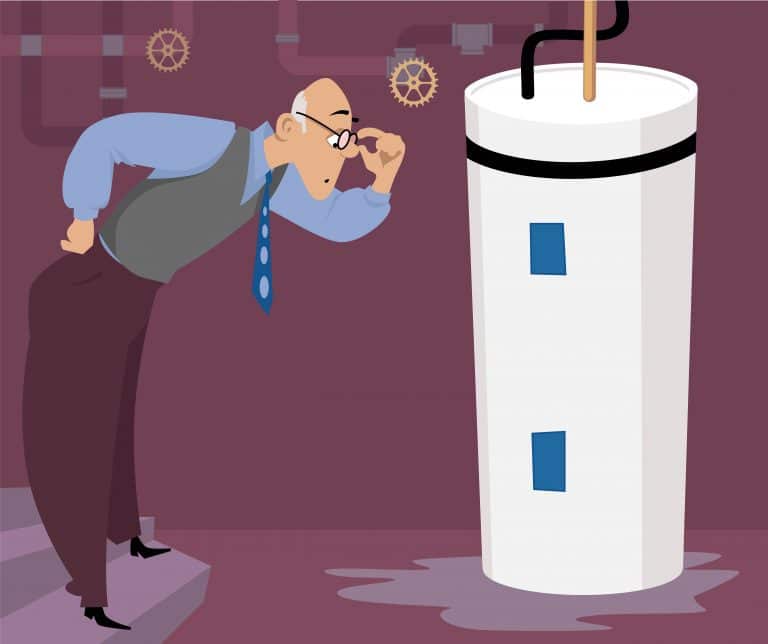 Common causes
Common causes
Broken pipes, sewer backup, faulty appliances, and cracked roofs are a few common causes of water intrusion. We explore causes by claims subset below.
Leaky or Burst Pipes
Homeowners that don’t maintain their pipes can run into trouble. Aged pipes and hoses may rust, crack, or deteriorate, making room for water leaks.
“You’re going to find leaks underneath sinks. You’re going to find leaks in attics—especially in the south,” Miller said.
Malfunctioning Appliances
As household appliances like washing machines, refrigerators, water heaters, and dishwashers age, so do their pipes and hoses. Insecurely connected fittings and improper seals alone can lead to leaks, even for homeowners who keep up with pipe and hose maintenance.
In addition, homeowners that avoid regular service dates may find that their seemingly operational appliances were malfunctioning out of site. (Think moisture build-up within an A/C unit damaging drywall, suggests Spinnler.)
Roofing Damage
Age
The typical roof lasts from 20 to 30 years, depending on the material, before it needs to be replaced. However, it’s common for roofs to require regular maintenance due to normal wear and particularly after harsh weather. Some professionals recommend having a roof inspection once every two years to look for signs of needed maintenance. However, many homeowners aren’t so proactive, repairing their roofs only after a larger problem, such as a leak, manifests.
Roof Penetrations and Flashing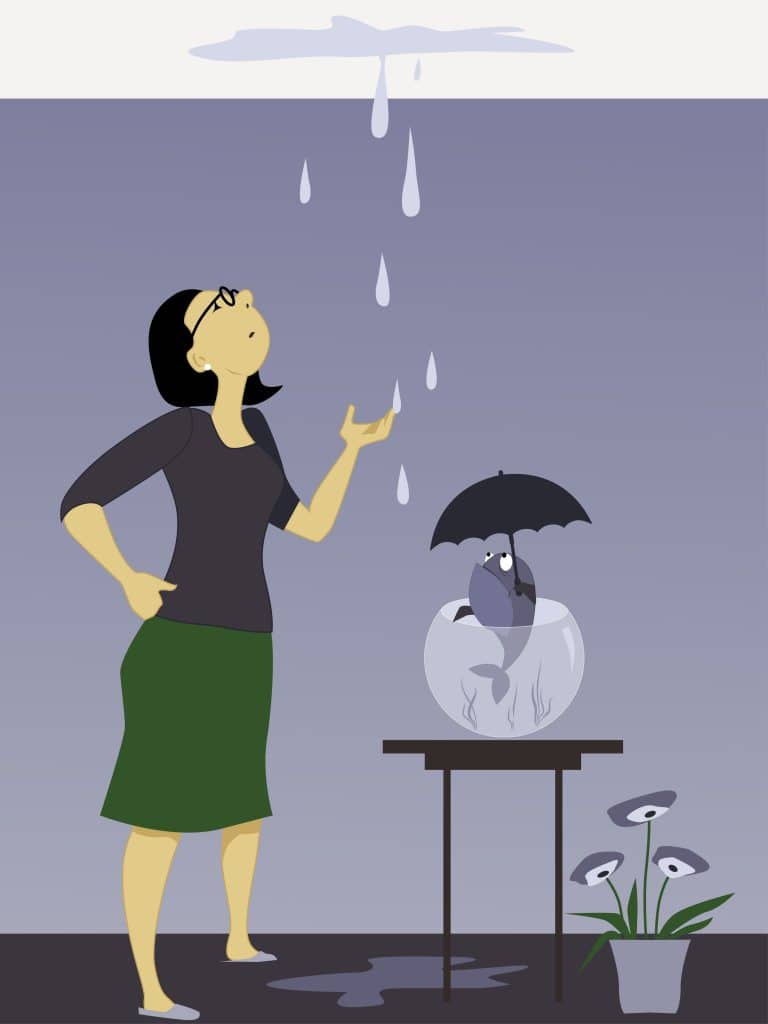
While flashing details vary with type of penetration and roofing material, proper flashing is essential to keep water out of the roof and the home.
The roof penetrations and flashing issues that cause water intrusion may appear during an inspection. Some things to look for include:
- unsealed toe board holes
- incorrectly installed counter-flashing
- gaps beneath the flashing
- cracked sealant
- continuous, one-piece flashing
- sealant where sidewall flashing is missing
Flat Roofs
According to an article by Secure Restoration, since flat roofs lack slopes that encourage water to run off the surface, water pooling and subsequent damage can occur. Debris buildup can cause the roof to collapse inward, worsening a water pooling issue. Cold weather, too, can cause ice dams that trap moisture in place. Such circumstances may lead to water damage or leaks both on the exterior roof and on the internal ceiling.
Gutters
Gutters can also suffer from debris or ice buildup that can lead to water damage, suggests Secure Restoration. When gutters clog, water can’t navigate down and out as it should, leading the water to escape over the gutters’ edges and down the side of the house. Wet walls and buildup at the home’s base can lead to water intrusion, basement leaks, and mold.
Avoid the two most common claims against home inspectors
As with all claims prevention, it’s important to have a thorough pre-inspection agreement and inspection report (with pictures!). In addition, there are some specific ways to avoid water damage claims.
Spot Common Signs of Water Damage
Here’s some of the things fellow home inspectors recommend you look for:
- When trying to spot a leak, think like water.
- Look to the places you’d expect water intrusion and leaks to occur: beneath dishwashers, under jetted tubs, beneath shower pans, and under the kitchen sink—just to name a few.
- Note any areas that look discolored, stained, swollen, or moist.
- Pay special attention to basements and attics as they are common places for water intrusion to start. They can also reveal signs of water damage faster than the exterior of the house.
- Don’t forget to look for signs of water intrusion outside of the house, too.
- Look for worn, broken, or missing shingles. Try to spot loose nails and poorly sealed roof flashing.
- Wetness along the framing members in the attic will help you find where leaks may be entering the house.
- Be sure to note the condition of the roof on the day of inspection and how that condition may change with weather.
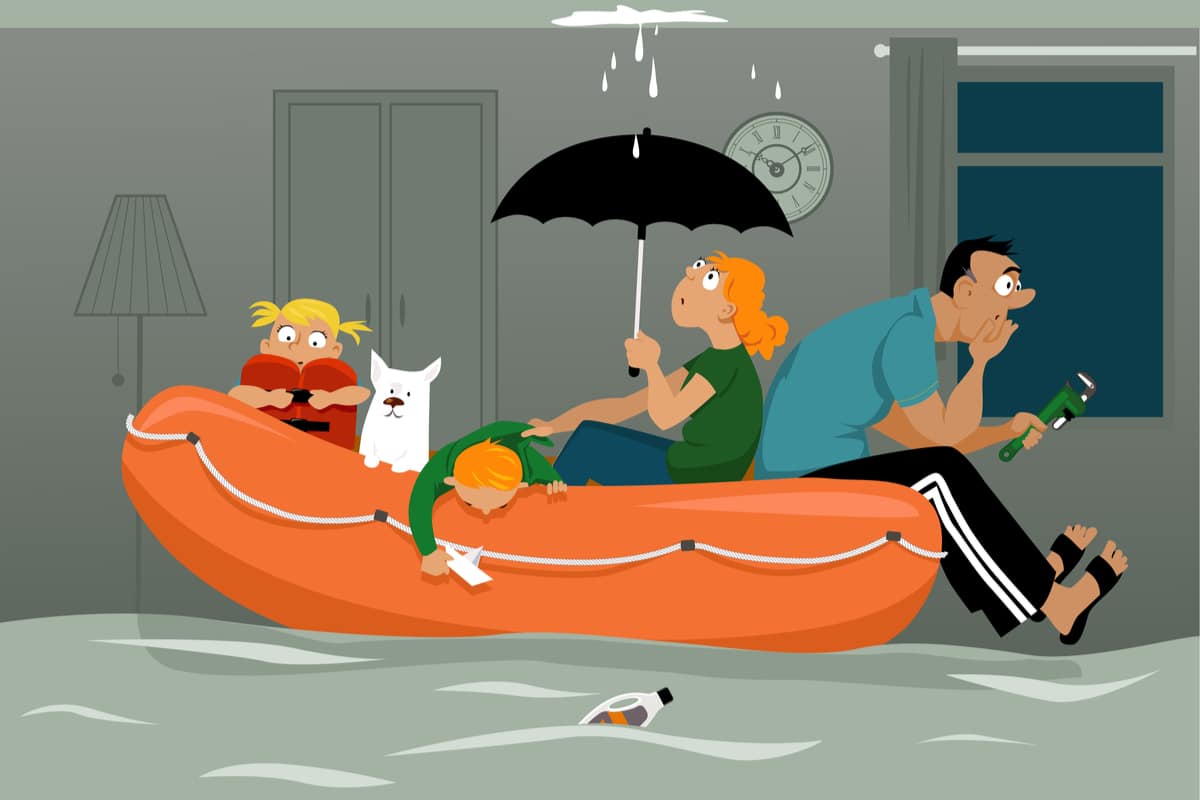 Use Technology
Use Technology
According to Miller, it’s not just important to know where to look and what to look for. It’s also essential to have the tools to see signs of water intrusion.
“Use as many tools as possible because, sometimes, the [un-enhanced] visual’s just not enough,” Miller said.
Flashlights
For Spinnler, augmenting his visual inspection begins with having a high-quality flashlight.
“A good flashlight will reveal a lot more because of all the shadows inside a home,” Spinnler said. “It’s a must-have to have a good flashlight pointed to inspect along with your eyes.”
Infrared Cameras
In addition to a flashlight, Spinnler uses an infrared (IR) camera to find leaks that may not be visible to the naked eye. A particularly good time to use a thermal imaging camera is when testing fixtures and appliances like toilets and dishwashers.
Miller, too, uses an infrared camera to discover water intrusion and damage.
“An infrared camera, if you use it correctly and if you get enough time on it to use it a lot, will give you a lot of clues as to what’s going on. Frequently, we’re not inspecting the house during a rainstorm, so we can’t see the leak as it’s happening. So we find clues or different indicators inside the home that we have to put together,” Miller said. “That IR camera goes a long way to helping us find things like that.”
While acknowledging IR cameras’ usefulness, Miller warns that they aren’t perfect.
“It’s not an x-ray machine. It’s not a magic machine. And it doesn’t see everything,” Miller said. “You have to use [the camera] in conjunction with a little common sense and your eyeballs.”
He also encourages home inspectors to spend time learning how to use them before drawing extreme conclusions.
“You know the old [saying], ‘You have a hammer and everything’s a nail’? When I first started using [an IR camera], everything blue looked like a leak. Well, that’s not the case,” Miller explained. “It takes some time, it takes some understanding, it takes some experience, and, eventually, you get to understand what it is you’re looking [at].”
Miller estimates that it took him 18 months to read the camera with enough accuracy to train others on how to use it.
Moisture Meters
After using an infrared camera to find suspected areas of water intrusion and damage, both Miller and Spinnler will use their moisture meters to confirm. The moisture meter assists to verify that moisture is, in fact, present.
 Communicate Effectively
Communicate Effectively
After establishing that there’s a water intrusion issue or water damage in a home, it’s important to communicate your findings to the client well. Miller begins by communicating clear expectations.
“We’re not the TV home inspector. We can’t look at something, rip out the wall, and say, ‘There’s your leak,'” Miller said. “The best I can do is give you a series of clues.”
For Spinnler, articulating those clues to the clients begins with understanding their perspective.
“We inspect them every day, but I’ve got to realize this may be the first house [my client has] ever bought or they haven’t bought a home in 20 years. So I have to kind of just keep it simple,” Spinnler said.
In his matter-of-fact approach, Spinnler gives a diagnosis like a doctor would by doing the following:
- naming the issue (diagnosis)
- explaining the symptoms that support his diagnosis
- defining how far the condition has progressed (i.e. the leak has just started, or it’s been going for at least 6 months)
- prescribing a solution where appropriate (i.e. contact a plumber)
- predicting future symptoms if the problem goes unaddressed (i.e. wood could rot)
In addition to clearly explaining his findings, Miller invites clients to every home inspection. Often, he’ll have clients point his IR camera at problem areas to see the signs of water intrusion themselves.
And, regarding spaces inaccessible due to belongings, barriers, or other conditions, all three interviewees asserted that it’s essential to disclaim those areas in your report.
“You have to, have to, have to. If you do not disclaim, you’ll be held to the standard that says you looked at that space,” Miller warned. “It’s important to be defensive. You have to be proactive in your report writing and proactive in your approach.”
(Learn more about mitigating risk through communication here.)
Making sure you’re protected
Even if you do everything right, you can still get a water damage claim. That’s why it’s essential to carry errors & omissions insurance (E&O) for defense and payout help. Contact your InspectorPro broker or submit an application with us to receive a quote at no obligation.
Want to learn more about the Top 5 Claims Against Home Inspectors? Our infographic reveals what claims are common, why they’re prevalent, and how to prevent them.


